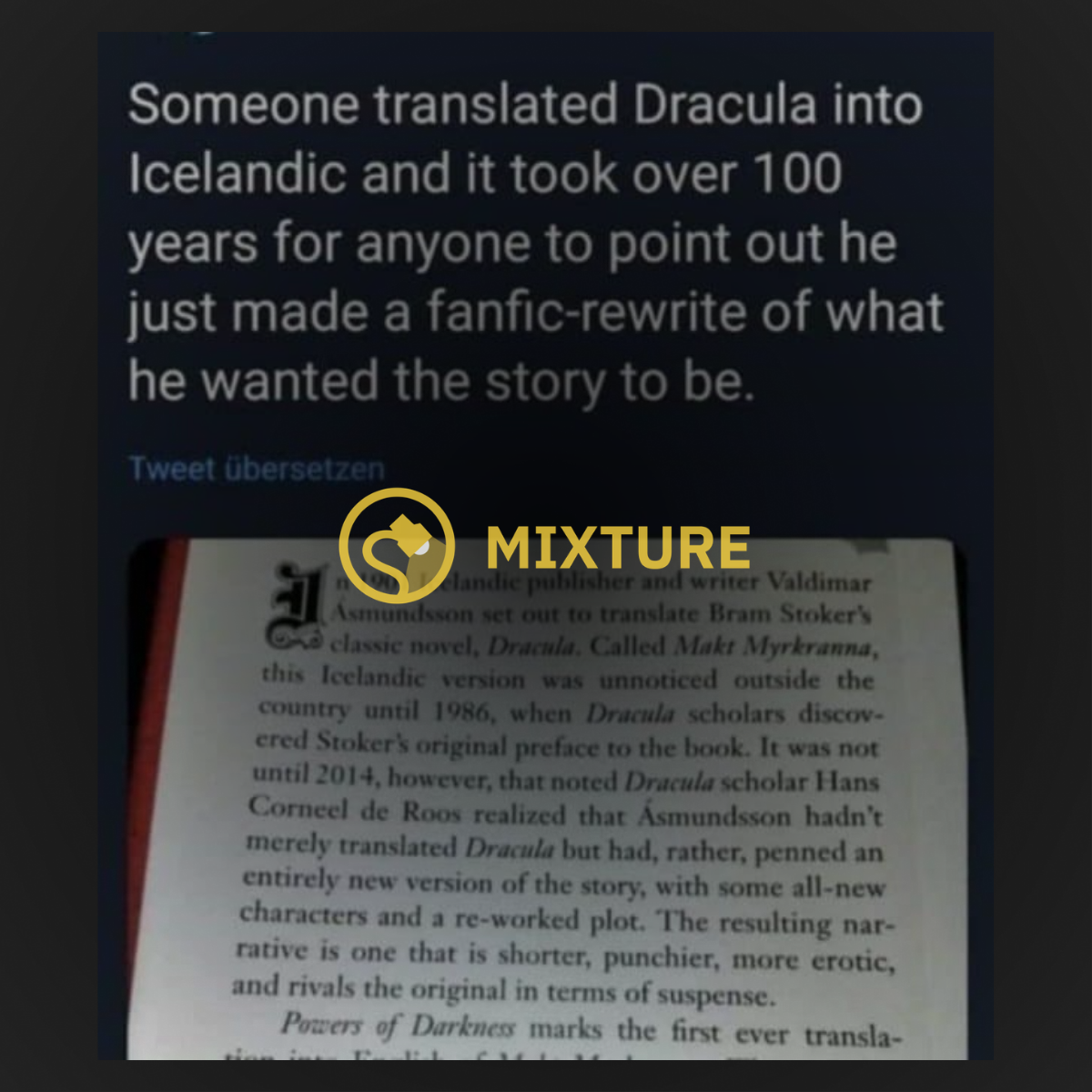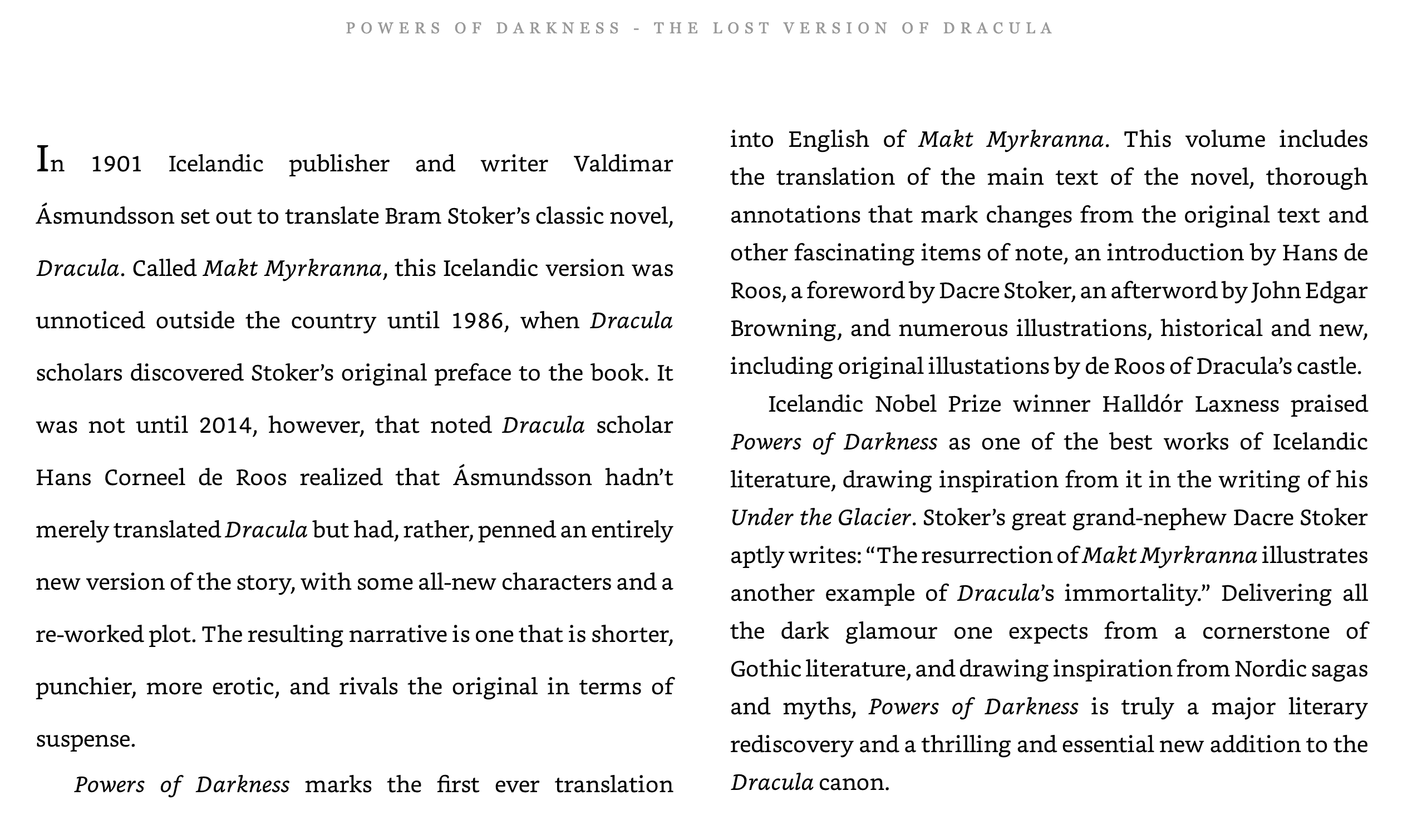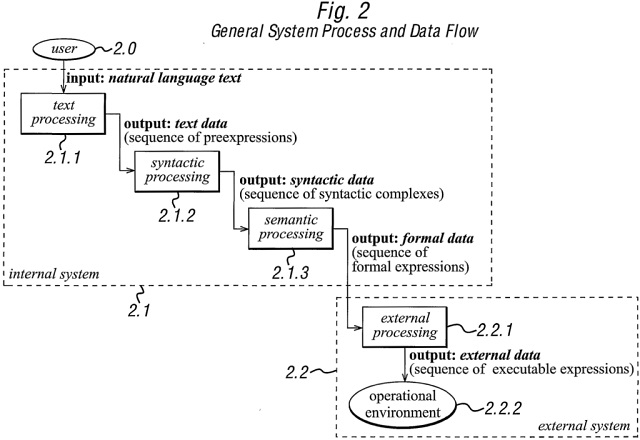
IN A 1977 short story called “The Railroad Storytellers — A Dream,” Turkish author Oğuz Atay depicted the lives of three writers of short stories under the semi-employ of a provincial railroad station. Narrated by one of the writers, the story follows the three of them as they spend their days writing stories on an old typewriter and their nights competing with food vendors to peddle these compositions to passengers when the train stops. As time goes on, however, the Railroad Ministry’s ongoing restrictions on what they’re allowed to write, combined with a reduction in passenger trains at the station, leaves the writers in increasingly desperate circumstances. One of them dies, another leaves on a departing train, and the last — our narrator — is left at the abandoned station, cooped up in his dingy quarters, writing stories that will never be read. By the end, we learn that “The Railroad Storytellers” is itself one of the last stories the protagonist will ever write; it is a story he wants to send to someone — anyone — so that he has an audience: “I want to write to them, to always write for them, to tell stories without end, to let them know where I am.” The story ends with a direct address to the reader: “I am here, dear reader. Where might you be?”
When I first read Atay’s story, it struck me as an apt metaphor for the state of world literature today: writers toiling under less-than-ideal conditions and hoping to peddle their stories to disinterested travelers passing through, inevitably being compelled to write not what they want to write, but what they think the travelers might want to read. At the time, I was hard at work on my translation of Sema Kaygusuz’s novel Every Fire You Tend, which was turned down by press after press until it was finally picked up by the UK publisher Tilted Axis Press and released in 2019. The challenge I faced with the book, despite all its qualities — and it had many, enough that I stayed the course despite the mounting rejections — was that it did not play into the predominant scripts that the World Literary Market has set for Turkish writing: there was no “East meets West,” no “tradition meets modernity” to be found here. And yet Kaygusuz’s voice was critical enough, unique enough, compelling enough to find a loyal cadre of readers upon publication and even long after. Turkish literature is hardly a small realm; there are many writers from Istanbul, Ankara, Diyarbekir, and beyond who, like her, refuse the terms and confines of World Literature. How are works like these supposed to find their readers in translation when the infrastructures for circulating literature — publishers — are constantly streamlining themselves to minimize risk and maximize sales?
“Railroad Storytellers” has been on my mind again recently. Since the beginning of the pandemic, I’ve sent more than 30 pitches to editors at no fewer than a dozen presses. Translation, unlike my other writing projects, felt like an anchor in the unmoored seas of pandemic dread, and after the publication of Every Fire You Tend, to positive reviews, I believed I had solidly gotten my foot in the door. And yet, while I received a handful of rejections, my pitches have gone by and large unanswered. Even as Every Fire You Tend went on to win the 2020 TA First Translation Prize from the Society of Authors in February, my pitches and follow-up emails are still met with silence from editors.
I was drawn to translation nearly a decade ago by the idea that literature from other parts of the world might help to dispel myths and dismantle structures that sustain imperial power and the neocolonial world order. If only we could understand the richness and plenitude of other human experiences — so the idea goes — we might be more suspicious of the hegemonic discourses that goad us into exclusionary nationalism and xenophobia. Especially as a translator of Middle Eastern languages, I have tried to be extremely conscious of my own complicity in Orientalism, Islamophobia, and American imperialism, and I have chosen to try and translate works that destabilize these discourses in the contemporary United States.
I care a lot about translation, and I care a lot about the books I translate, but I’ve begun to wonder, after more than a year of trying — and failing — to find publishers for my projects: When does it make sense to stop sending your work into The Void of publishing? When is it time to hang up your hat, to move on, to admit that the Sisyphean task of advocating for these books is just that — Sisyphean? Why should I continue translating books that, based on the response (or lack thereof), seem unpublishable in English, especially when I’m not getting paid for this work? For me, translation has always been a labor of love, but it is labor nonetheless. Because not only do translators have to produce book-quality samples and craft reader’s reports that fastidiously align the work with a publisher’s catalog; we are also often called to be “agents of last resort,” as translator Anton Hur describes it, by authors who might not speak English nor understand the peculiar gantlet of Anglophone publishing.
Complicating matters is the fact that many publishers refuse to receive non-agented submissions, thereby eliminating works by writers who might not be able to afford international representation, who might not yet have “broken out” of their local literature, who might be persecuted for their work, or who might for any number of other equally valid reasons simply not have (or want) an agent. And, in the rare case that a writer does have an agent who can ably represent them to Anglophone publishers, should they write in lesser translated languages or languages from the Global South, they may still be regarded as too big of a risk to publish. In various conversations with translators, agents, and colleagues, publishers articulate that they have informal quotas for writers beyond Europe (e.g., “We already have a Turkish author”) — what Haitian anthropologist Michel-Rolph Trouillot might characterize as a kind of “Savage slot” for national literatures, as if one or two writers from a particular literature might comprehensively represent the richness of that literature. Publishers often chalk up these quotas to lack of demand or lack of interest, as if demand itself isn’t a tautological red herring: there is no demand for literature in certain languages, so such books don’t get published, and because these books don’t get published, there is no demand for others like them. Add to this the overreliance on state-run funding agencies — with particular political agendas and branding interests — to subsidize translations from national languages, and it becomes all too clear that, as Ho Sok Fong writes, “we cannot demand that the language of minor literature be judged against the aesthetics of major literature” (translated by Natascha Bruce). The process of publishing winnows out an inordinate number of writers whose works deserve global readership, allowing the very narrowest of exceptions to maintain the false image of World Literature as a planetary utopia of multicultural harmony.
It would be easy to blame editors here (I did so in a recent Twitter thread that went mildly viral in the translationverse), or to simply admit to myself that this is just how the game is played. But in fact, as editors have made clear to me, they’re burnt out as well, themselves grappling not only with many hundreds of pitches that all deserve careful consideration but also with the vicissitudes of life during a pandemic. Everybody means well, but that’s just the problem, isn’t it? Because no matter how well intentioned everyone might be, no matter how much editors and translators may sermonize on the importance of introducing new and urgent (always urgent, for some reason, despite the glacial process of going from English-language rights being pitched to the finished thing landing on bookstore shelves) voices to English readers, the game is rigged, the deck is stacked, and the status quo of World Literature is fundamentally predicated on the inequality of languages and literatures. This system, priding itself on building bridges across cultures, on dismantling borders, on achieving almost utopian cross-cultural dialogues, is in fact much more akin to the railroads in Atay’s story: seeking the shortest distance from periphery to center, the fastest way to carry goods and people to cities, taking shortcuts to avoid unnecessary stops at stations in the provincial margins, and letting those stations lapse into obscurity. If there are storytellers in those margins, well, may they find another trade, may they move on, may they relocate elsewhere, narrate from elsewhere, that their stories might join the other goods on offer to the urbane elites.
Is a different World Literature possible, or must we live in a World Literature plagued by what Emily Apter terms “planetary dysphoria”? Can authors and their translators, under conditions of increasing precarity, wage insurgency against the exclusionary illusion of World Literature? There are a growing number of translators and editors across the Anglophone world who have seen behind the curtain of World Literature, of its supposedly inherent auspices of bridging divides in the world, and who want instead to interrogate and undermine Anglophone notions of what the world is and who has a right to speak in it. We work on books that make different and new worlds because, in the words of translator and writer Jeremy Tiang, “the world is not enough.” We squeeze our translating hours between our other jobs, working in our cramped homes at strange hours, hoping that one of our books might land in the right place at the right time, might even one day be read. We are here, dear publishers. Where might you be?
¤
Nicholas Glastonbury is a translator of Turkish and Kurdish literature. His translation of Sema Kaygusuz’s Every Fire You Tend
won the 2020 TA First Translation Prize from the Society of Authors.













